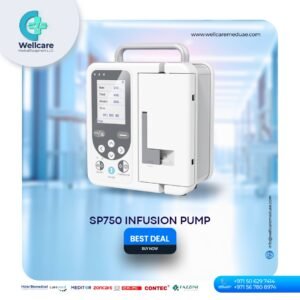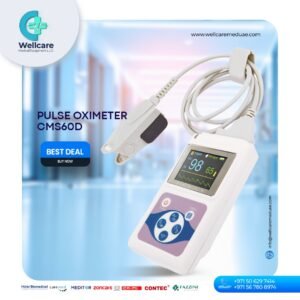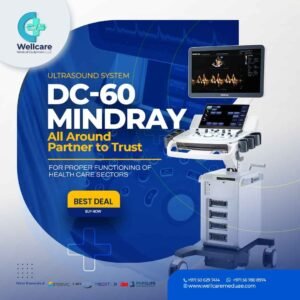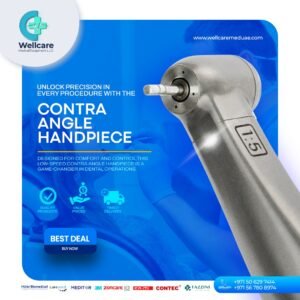cardiology equipment supplier in Zambia
Cardiology equipment is highly relevant in Zambia due to the growing prevalence of cardiovascular diseases, which are becoming a leading cause of morbidity and mortality in the country. Advanced diagnostic and therapeutic tools, such as electrocardiograms (ECGs), echocardiographs, and defibrillators, play a critical role in managing heart conditions. These devices enable early detection of heart diseases, allowing for timely interventions that can significantly improve patient outcomes and prevent severe complications. With the rise in non-communicable diseases and the increasing burden of cardiovascular conditions, the presence and effective utilization of cardiology equipment are essential for providing high-quality cardiac care and improving overall public health. Moreover, cardiology equipment enhances the accessibility and quality of heart care services across Zambia. By equipping hospitals and clinics, particularly in underserved areas, with modern cardiology tools, healthcare providers can deliver specialized care closer to patients' homes. This not only reduces the need for patients to travel long distances for treatment but also helps in managing and monitoring heart conditions more effectively. The relevance of cardiology equipment extends beyond immediate patient care, contributing to broader public health improvements and supporting the development of a more robust healthcare system capable of addressing the rising cardiovascular disease burden.
Key Impacts of Cardiology Equipment in Zambia
1. Enhanced Early Detection and Diagnosis
- Improved Diagnostic Accuracy: Advanced cardiology equipment like electrocardiograms (ECGs) and echocardiographs enables accurate and early diagnosis of heart conditions, including arrhythmias, heart failure, and coronary artery disease.
- Timely Intervention: Early detection facilitates timely intervention, reducing the risk of severe complications and improving the overall effectiveness of treatment.
2. Effective Management of Heart Conditions
- Chronic Disease Control: Regular use of cardiology tools helps manage chronic heart conditions such as hypertension and heart failure, leading to better disease control and enhanced patient quality of life.
- Advanced Treatments: Equipment such as cardiac catheterization tools and defibrillators supports advanced therapeutic procedures, offering effective treatments for complex heart conditions and emergencies.
3. Improved Access to Cardiovascular Care
- Widespread Availability: The distribution of cardiology equipment across hospitals and clinics in both urban and rural areas increases access to specialized cardiac care, especially in underserved regions.
- Reduced Travel Needs: Local availability of cardiology services reduces the need for patients to travel long distances for treatment, making healthcare more accessible and convenient.
4. Public Health Benefits
- Reduction in Disease Burden: By facilitating early diagnosis and preventive care, cardiology equipment helps reduce the overall burden of cardiovascular diseases on the healthcare system and the population.
- Health Promotion: The presence of cardiology equipment supports public health initiatives by enabling routine screenings and health education about heart disease prevention.
5. Economic Advantages
- Cost Savings: Effective management and early treatment of heart conditions reduce the need for expensive emergency interventions and long-term care, leading to significant cost savings for both patients and the healthcare system.
- Enhanced Productivity: By improving cardiovascular health and reducing disease-related absences, cardiology equipment contributes to higher productivity and economic stability.
6. Training and Professional Development
- Skill Enhancement: The use of modern cardiology equipment provides valuable training opportunities for healthcare professionals, enhancing their expertise in cardiovascular care.
- Professional Growth: Ongoing use of advanced tools supports the continuous development of skills and knowledge in cardiology, benefiting the medical community and patient care.
7. Support for Research and Innovation
- Advancements in Cardiology: Access to advanced cardiology equipment facilitates research and the development of new treatments, contributing to innovations in cardiovascular medicine.
- Improved Treatment Protocols: Research driven by the use of modern equipment helps refine treatment protocols and clinical guidelines, enhancing the overall quality of cardiovascular care.
In summary, cardiology equipment has a profound impact on Zambia’s healthcare landscape by improving early diagnosis and treatment, expanding access to care, supporting public health and economic benefits, and fostering professional development and research.




